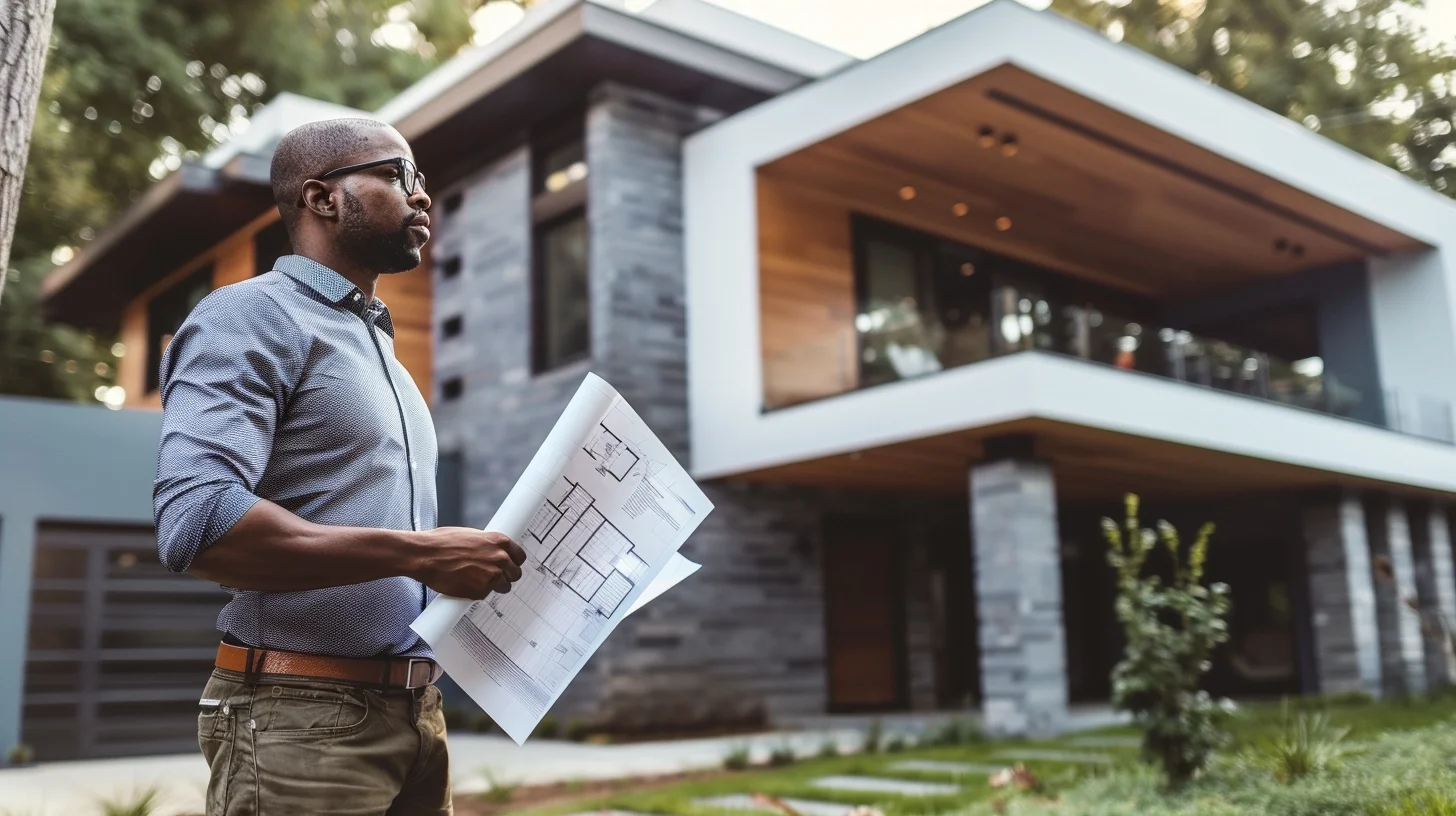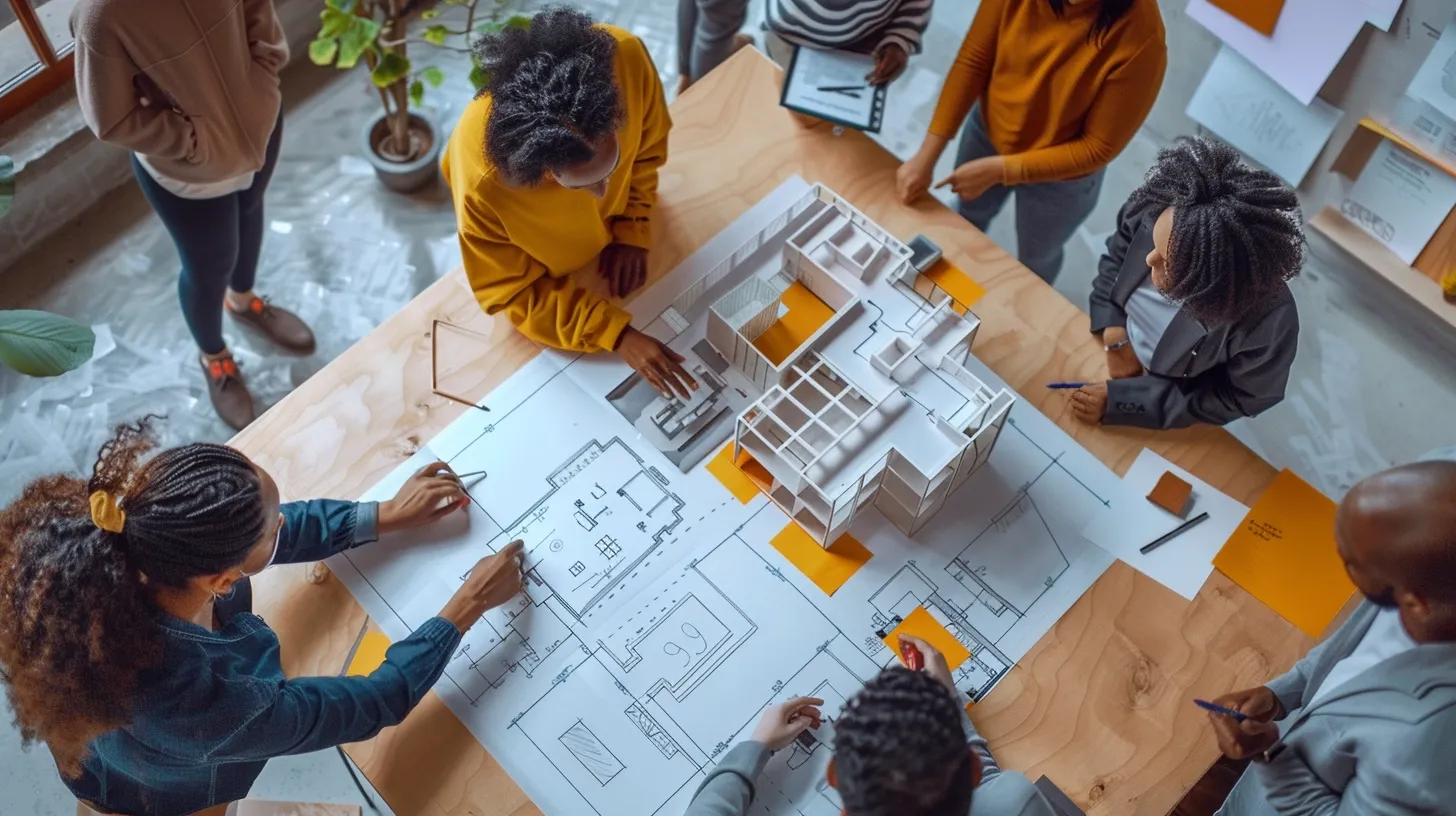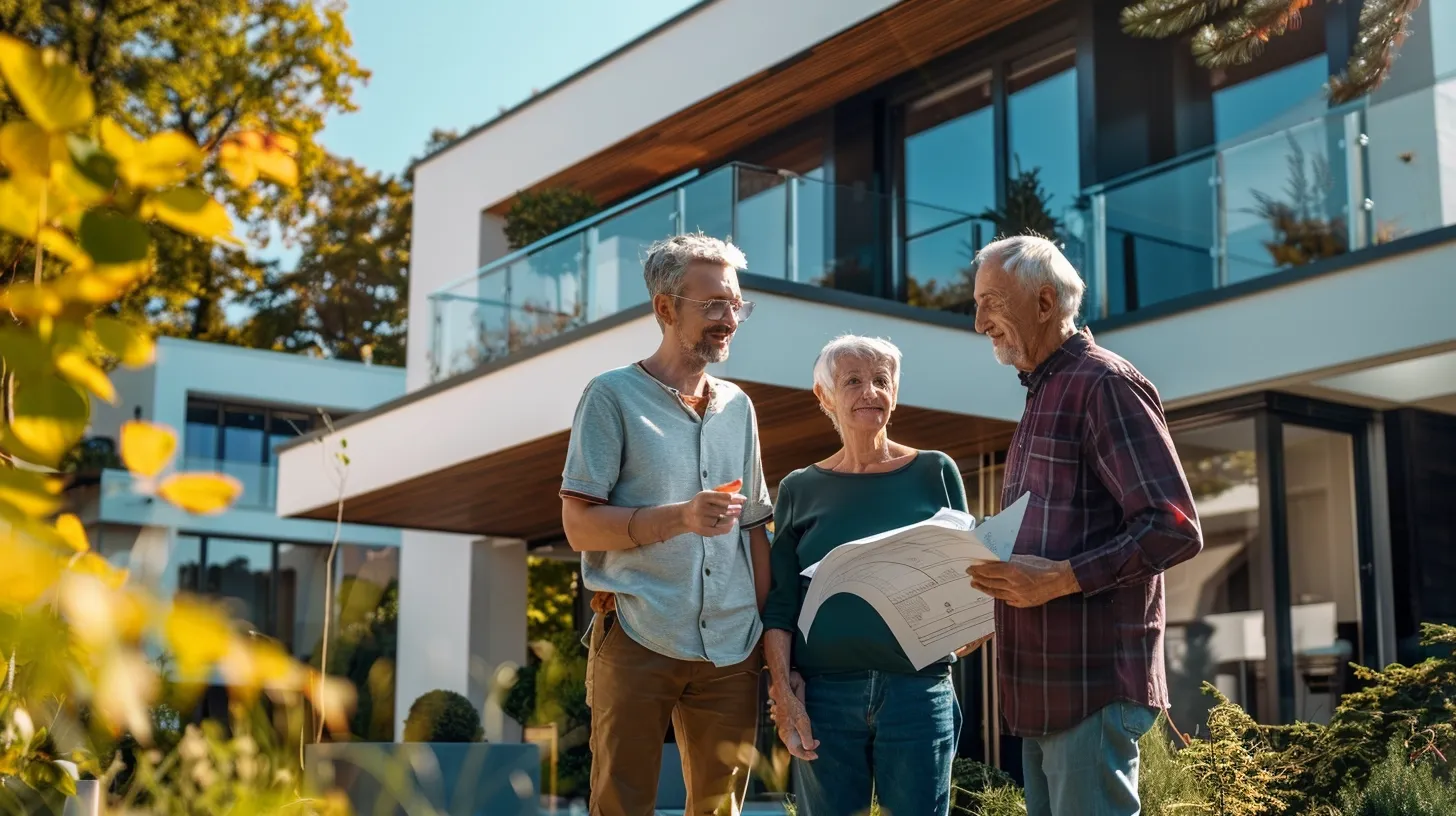
Urban Revitalization Through Adaptive Urbanism

Urban areas are the beating hearts of modern civilization, bustling with activity, culture, and opportunities. However, many cities face the challenges of aging infrastructure, declining neighborhoods, and economic stagnation. In response to these challenges, the concept of urban revitalization through adaptive urbanism has emerged as a beacon of hope for breathing new life into these urban cores.
At its core, urban revitalization through adaptive urbanism is about reimagining and repurposing existing urban spaces to meet the evolving needs of communities. It’s not just about cosmetic facelifts or superficial changes; rather, it’s a holistic approach that addresses social, economic, and environmental aspects of urban life. This approach recognizes that cities are dynamic entities that require flexible and responsive strategies to thrive in the face of constant change.
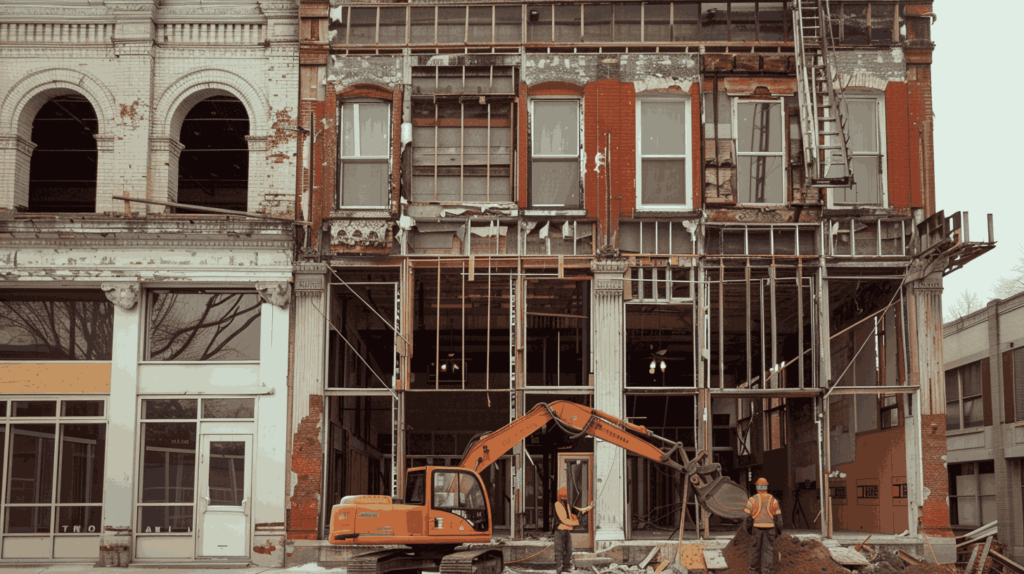
Latest
Other Topics
Adaptive Urbanism Places a Strong Emphasis on Community Involvement
One of the key principles of adaptive urbanism is community engagement. Unlike top-down urban planning approaches of the past, adaptive urbanism places a strong emphasis on involving local residents, businesses, and stakeholders in the revitalization process. This ensures that interventions are tailored to the unique characteristics and aspirations of each community, fostering a sense of ownership and pride among residents.
In our experience as architects, we’ve found that successful urban revitalization projects often begin with a deep understanding of the community’s history, culture, and identity. By preserving and celebrating these unique qualities, adaptive urbanism can create spaces that are not only functional but also deeply meaningful to the people who live and work there.
Strategies for Urban Revitalization
Let us look at some specific strategies that cities can employ to breathe new life into their urban cores. These strategies are not one-size-fits-all solutions but rather a toolkit that cities can adapt and customize to suit their unique circumstances and challenges.
Community Engagement
The cornerstone of successful urban revitalization is active engagement with the community. This means involving residents, businesses, and other stakeholders in the decision-making process from the very beginning. Community workshops, town hall meetings, and online forums can provide valuable insights into the needs, priorities, and aspirations of the community.
Mixed-Use Development
Embracing mixed-use development is another key strategy for revitalizing urban areas. Instead of segregating residential, commercial, and recreational areas, mixed-use development integrates these functions into a single, cohesive environment. This not only maximizes land use efficiency but also creates vibrant, walkable neighborhoods where people can live, work, and play.
Adaptive Reuse
Adaptive reuse involves repurposing existing buildings and infrastructure for new uses. Instead of demolishing old structures, adaptive reuse preserves their historic and architectural value while giving them a new lease on life. This can range from converting old warehouses into loft apartments to transforming disused factories into creative co-working spaces.
Green Infrastructure
Investing in green infrastructure is not only good for the environment but also for urban revitalization. Green spaces, such as parks, gardens, and urban forests, provide much-needed respite from the concrete jungle while also mitigating the effects of climate change. Incorporating green infrastructure into urban revitalization projects can improve air quality, reduce heat island effects, and enhance overall quality of life.
Public-Private Partnerships
Collaboration between the public and private sectors is essential for driving urban revitalization forward. Public-private partnerships (PPPs) bring together the resources, expertise, and incentives of both sectors to tackle complex urban challenges. Whether it’s financing large-scale redevelopment projects or delivering essential services, PPPs can unlock new opportunities for revitalizing urban areas.
Case Studies
To truly understand the impact of urban revitalization through adaptive urbanism, let’s examine some inspiring case studies that highlight the effectiveness of these strategies in action. These real-world examples demonstrate how cities around the world have transformed blighted areas into thriving, vibrant communities.
The Power Plant, Baltimore
Once a derelict power station, The Power Plant in Baltimore has been transformed into a dynamic entertainment complex housing restaurants, bars, galleries, and event spaces. This adaptive reuse project not only preserved the historic character of the building but also injected new energy into the surrounding neighborhood, attracting visitors and investment.
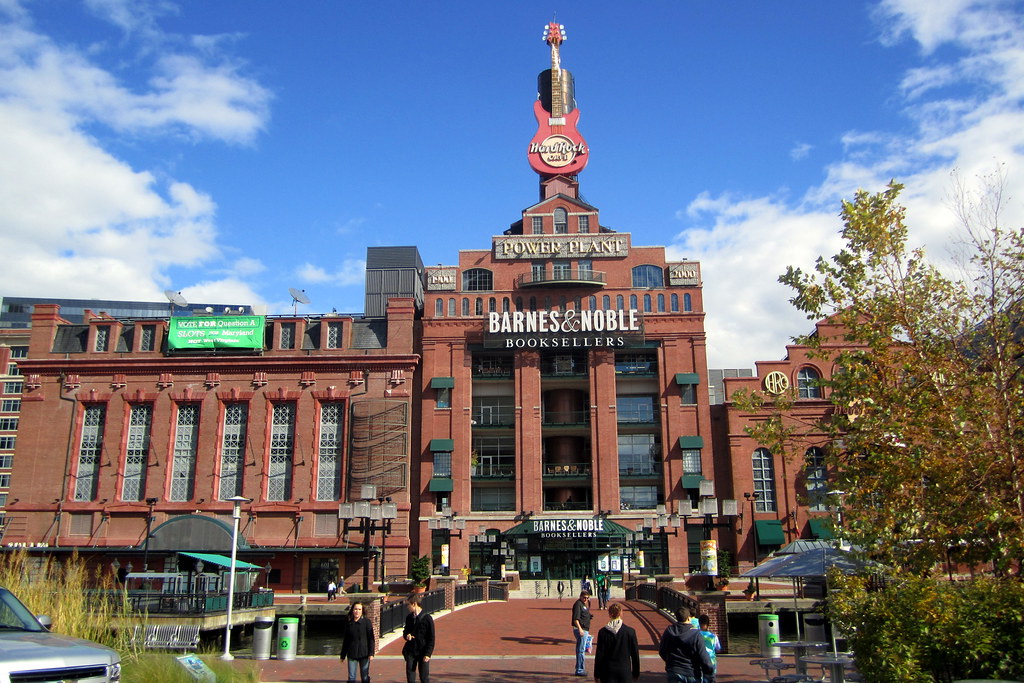
The Walk, Atlantic City
In Atlantic City, The Walk is a prime example of mixed-use development revitalizing a once-declining urban area. This pedestrian-friendly shopping district features a mix of outlet stores, restaurants, and entertainment venues, creating a bustling hub of activity in the heart of the city.
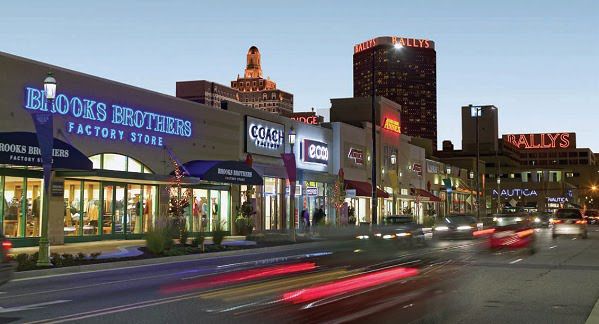
Fourth Street Live!, Louisville
Fourth Street Live! in Louisville is another successful example of adaptive urbanism at work. This vibrant entertainment district transformed a neglected downtown area into a lively destination for locals and tourists alike, with restaurants, bars, shops, and live entertainment venues.
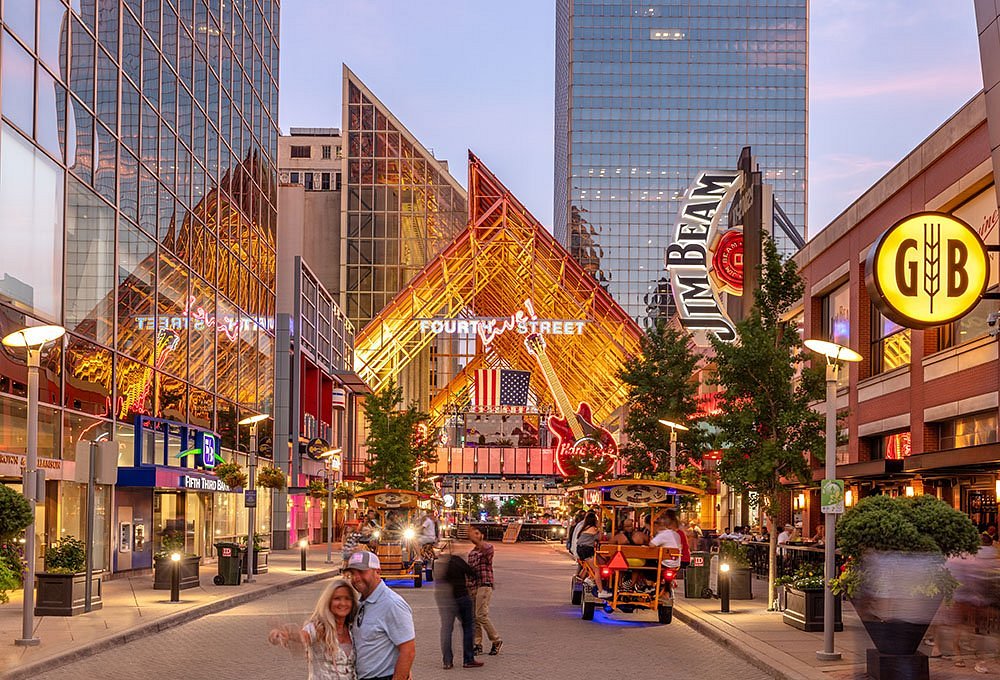
Final Word
We find these case studies particularly inspiring. They demonstrate the transformative impact that thoughtful design and strategic planning can have on the built environment. By learning from these success stories and applying similar principles in our own communities, we can create more inclusive, resilient, and sustainable cities for future generations to enjoy.
At Designs Boss, we specialize in creating innovative and sustainable solutions for urban development projects. Contact us today to learn how we can help bring your vision for a vibrant, thriving city to life. Together, we can shape the future of our urban landscapes and create spaces that inspire, connect, and empower communities.

